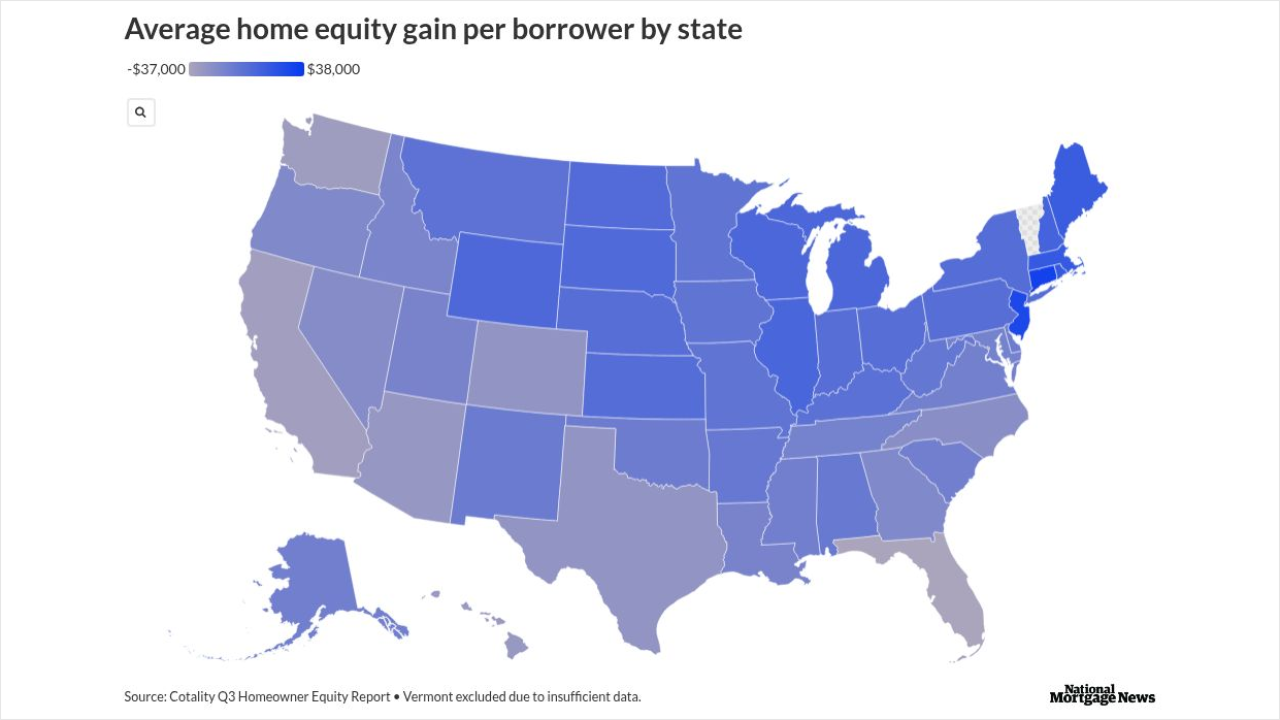Review and Outlook: International CMBS Continues to Surge. Global commercial mortgage-backed securities (CMBS) volume for the first half of 2000 was $27.9 billion, down $7.0 billion or 20%, from the $34.9 billion registered during the first half of 1999. Partially offsetting a substantial decline in U.S. issuance was the continued growth of international CMBS. The share of non-U.S. CMBS, which was less than 1% in 1998, and stood at 14% for 1999, now totals 25%.
Given the series of interest rate increases that took place during the first half of this year, and the resulting slowdown of conduit originations, we are revising our U.S. CMBS volume forecast for 2000 downward to $47 billion, from $52 billion. Although at $20.8 billion year-to-date we are currently less than half way to that goal, there are several opportunities for pick-up toward year-end. First, some conduit programs got off to a slow start in the first half by maintaining low inventories at the end of 1999 because of Y2K concerns, but they are now reporting better results. Further, we expect to see some increased issuance of seasoned loans, especially from life insurance companies that have or are contemplating going public, as well as continued strength in large loans and floaters.
Our volume forecast for international CMBS issuance remains at $15 billion. Europe and Asia are expected to contribute the bulk, with up to $7 billion each, with Canada contributing approximately $2 billion.
Moody's believes that U.S. CMBS issuance has the potential to stay below the $60 billion level of 1999 for several years given the cyclical nature of commercial mortgage finance. The period from 1990-1994 represents a cyclical low spot. We are now entering the 10-year anniversary of this period, and many loans written then had 10-year maturities.
Monitoring Highlights
During the second quarter Moody's took rating actions on 20 transactions with a total of 79 tranches.
As in the first quarter, all of the watchlist for downgrade and downgrade actions were credit tenant related. One transaction with three tranches that was placed on watchlist for downgrade was linked to Winn-Dixie because of their competitive challenges and restructuring program. The two downgrades, each with one tranche, were linked to United Artists and BellSouth Telecommunications.
An affirmation of four transactions totaling 24 tranches was linked to Rite Aid. The senior unsecured debt of Rite Aid was downgraded as a result of their new credit line, which further subordinated unsecured debt. This could lead to a potentially greater severity in the event of default, and was the primary cause of a corporate downgrade from B1 to B3. However, Moody's affirmed the CTL based ratings because this credit line did not make the likelihood of Rite Aid's default materially greater, and the severity of loss, based entirely on the loan-to-dark ratio of the stores, remained unchanged.
At investment grade levels CTL ratings are highly correlated with corporate ratings, as the likelihood of loss is small, which helps mitigate potential severity issues. Below investment grade, where the likelihood of default is much greater, the recovery assumptions play a much greater role in credit analysis and can lead to cases, as with Rite Aid, where the CTL ratings diverge from the corporations' senior unsecured rating.
Two single asset transactions, both hotels in Orlando, had tranches affirmed or upgraded. Notwithstanding general pressure in the hotel business these properties, both located inside Disney World, have performed at or above expectations.
Ten other transactions had upgrades. Six were related to the recent upgrade of Kmart to Baa3, and three were related to credit support build up through prepayments.
The most unusual upgrade was of Mid-America 1998-1. This bond, the only convertible CMBS bond ever rated by Moody's, had collateral with Baa1 quality, but carried a lower rating due to the ability of the issuer to convert to a general unsecured obligation upon achieving a rating of Baa3. The issuer recently eliminated this conversion right, enabling us to base the rating fully on the collateral, and we upgraded the bond.
International Update
Europe: Year-to-date there has been $3.8 billion of CMBS issued in Europe. Issuance from the U.K. continues to dominate, but we are seeing a high level of interest from other countries. In addition to the "pure" CMBS transactions, there has been another $3.0 billion of property related operating company debt. These transactions, including assets such as pubs and nursing homes, have char-acteristics of both CMBS and ABS. Europe is now seeing a broader array of CMBS products including conduits, portfolio securitisation, sale-leasebacks and single asset/single borrower transactions, which demonstrates the potential for continued development of this market.
Canada: Year to date there have been two CMBS transactions in Canada totaling approximately $500 million Canadian ($335 million U.S.). The Canadian CMBS market continues to mature and expand, and we expect at least four transactions during the second half.
During the first half Merrill Lynch issued its third conduit, the only firm to complete a term issuance of conduit loans in Canada to date. However, several Canadian and U.S. institutions have also launched programs, and so we expect conduit issuance to accelerate.
Also noteworthy was the first large loan portfolio to be securitized in Canada, consisting of three loans on high quality malls in the province of Quebec. The collateral, from the portfolio of Caisse de depot et placement du Quebec, had an average Moody's LTV of 73%, and benefited from recourse to the owner, Ivanhoe.





